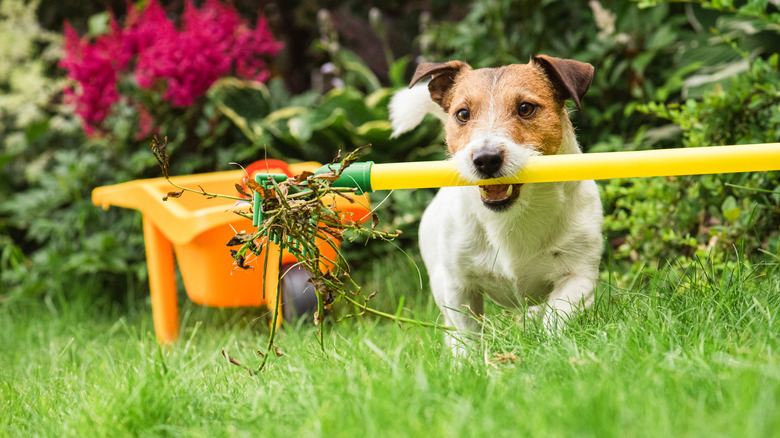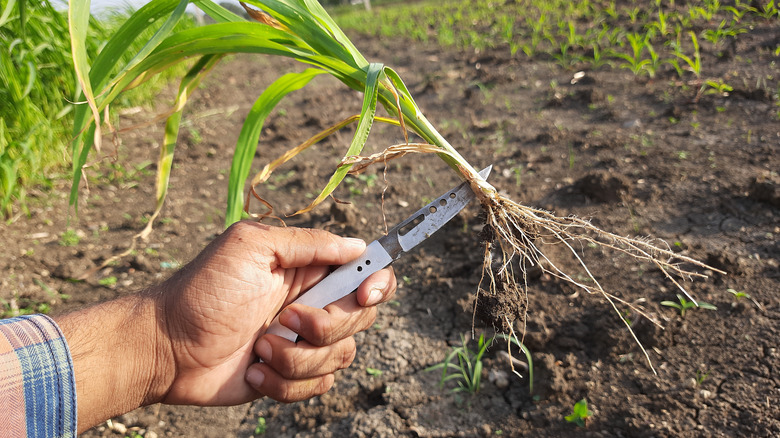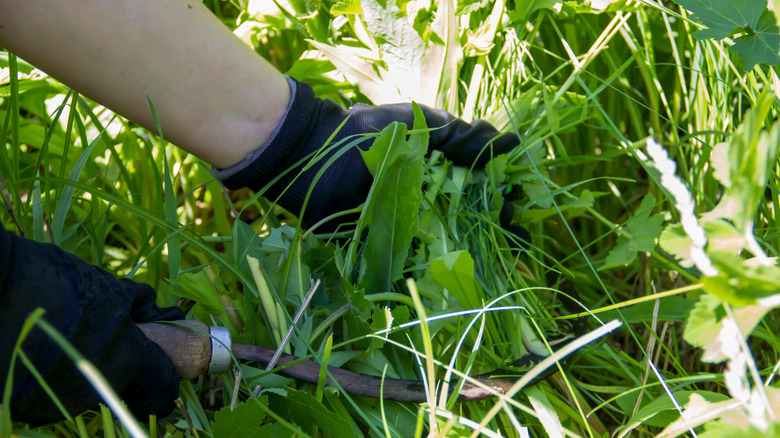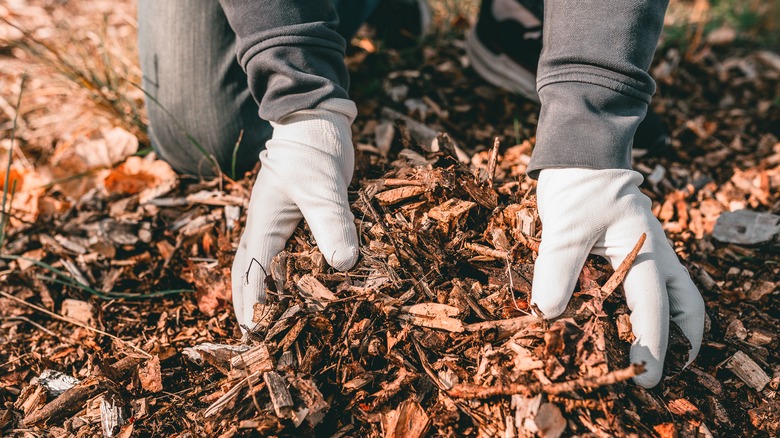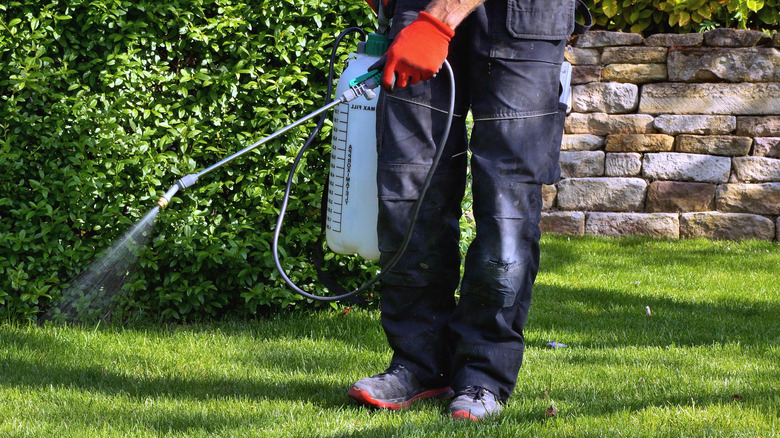How To Get Rid Of Weeds In Your Garden
Pulling weeds from the garden is a natural step in caring for the makeup of your lawn. If you let weeds continue to grow, they will quickly become very large and end up overrunning your landscaping. The worst weed infestations can squeeze out healthy grass growth and kill off your lawn, potentially requiring a resodding of the entire yard.
Weeding once per week to make the biggest dent in your lawn's weed problem. This gives you the greatest ability to remove a significant volume of existing weeds, and then return the next week to tackle any new growth that might not have been noticed or weeds that have grown out over the course of the days following your last weeding session.
Pulling weeds can be an immensely relaxing activity for those who love working in the garden. Even though the task can be time-consuming and burdensome, taking solace in the simplicity of this garden beautification process can make the job a little easier and far more peaceful.
Pull weeds from the root (use tools if necessary)
It's always a great idea to pull weeds from the root. Digging your hand as far down the stem as you can, will give you the greatest possibility of removing the entire plant from its place in the yard. If you manage to break the stem, you're likely to see the same weed poke its head up again in a week or two. Weeds are fast-growing, ground-covering plants, and as a result, are typically structured with a significantly hollowed-out central trunk. This is effective for transporting water up to the leafy structure at the top of the plant, and the products of photosynthesis down to the base. Yet this structure found in fast growers also means that weeds are incredibly easy to break when pulling from the top.
Your best bet is to pull from the soil level or even to dig down an inch or two and grip the stem from a point that isn't exposed to the air above ground. If you need to, it's a good idea to use a garden fork or spade to create space to rip out weeds from the base. A gardening fork can help you dig into the root ball (if there is one), or underneath the main components of the plant in order to lift out the entire weed with ease.
Use quality gloves for better grip and protection
Weeding with gloves makes the entire process much easier. In addition to brittle stems that make for easy breakage and regrowth, weed species have developed other methods of protection. Many weeds grow spiny structures, burrs, or true thorns that can nick your hands and arms as you work to remove them from the garden. These defense mechanisms exist on plants in order to prevent predators from eating them, but the function works just as well to dissuade homeowners from pulling the plants from the ground and discarding them.
Prickly segments on the weed stem in your lawn can make the experience wholly unpleasant. As well, many weeds come armed with compounds that irritate the skin in other ways. It's not uncommon to finish weeding the lawn and then have to deal with itching and red spots on hands and arms where weedy material came into contact with skin.
In order to defeat both of these issues, it's , and perhaps even a long-sleeved shirt while removing weeds from the garden. Gloves protect your hands from the worst that weeds can throw at you in an effort to remain rooted in the ground. Likewise, with gloves on your hands, it's easier to really dig into the soil and get underneath the aerial structures of the plants in order to remove them from the root.
Gardening gloves make the weeding process easier and less painful overall.
Smother weeds with control fabrics and mulch
Weed control can be accomplished naturally with mulch and fabric elements. A combination of weeding and the added layer of mulch can effectively smother weeds and prevent them from growing back from unseen roots deep beneath the soil. The weight and sunlight-blocking additions of mulch make for a potent weed control feature. Mulching should be done regularly in garden beds anyway to help manage moisture retention and soil chemistry, but the protection that this addition provides in terms of weed control is an added benefit.
A thick layer of mulch effectively suffocates growth beneath the exterior layer for anything that might sprout out. Yet, mulch is great for maintaining healthy roots on plants that you've already established in the space. While mulching can't be done everywhere in the garden, it's an essential tool for garden beds and hard-to-reach spaces that might otherwise go untamed when it comes to weed growth.
For garden beds, it's also a good idea to lay down a garden fabric a few inches beneath the upper layers of soil. These mesh additions are crucial for raised beds and should always be used at the bottom to prevent growth that comes through the soil beneath your garden bed — specifically weed growth.
Use weed-killing products for enhanced growth control
Weed-killing compounds are a great addition to your weed prevention routine. Applying weed killer should be done in the spring months because it allows the solution to take effect in the time period just ahead of the primary growing season for many weed varieties. As weeds (and any other plant life for that matter) leave their dormant period in the winter, they're particularly vulnerable to environmental changes, and weed killers can have the greatest impact on killing these problem plants during this time as a result.
Weed-killing compounds (either store-bought or homemade) work best when given time to seep into the soil and neutralize weeds at their root. Spring provides a significant benefit because the soil has typically warmed up from the winter chill, and many regions see greater rainfall metrics after the coldest months have passed. This gives your weed killer the ability to penetrate into the soil, and then ample time to be absorbed into the target weeds. Without the combination of heat and moisture, weed killers aren't as effective as they could be.
